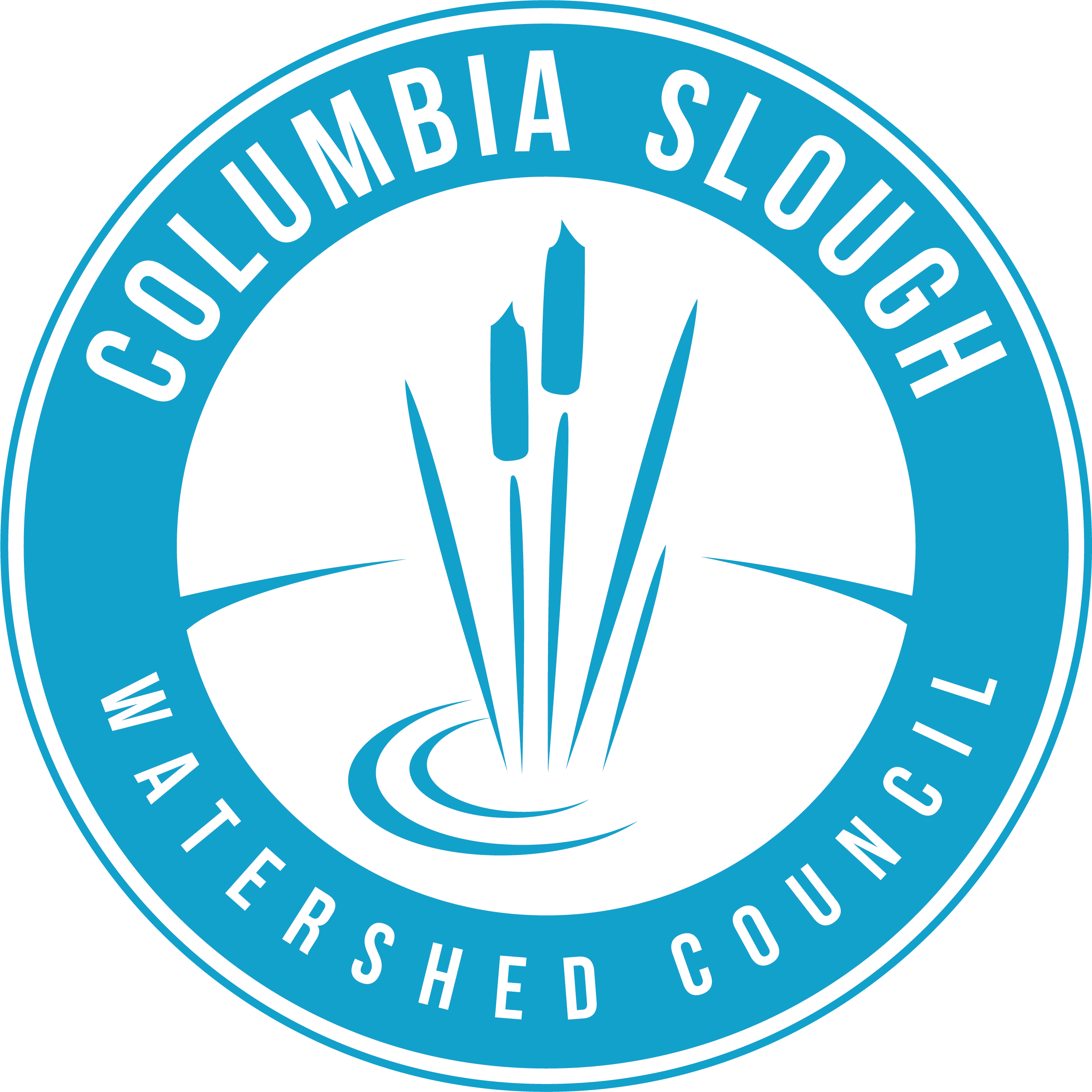We are on Native Land
The Columbia Slough has been important to many people throughout time! We stand in solidarity with Indigenous people who have always been connected to this place, the land, the water, and the communities of plants and animals that surround you now.
Would you like to take steps to support Indigenous people? Here are some tips:
Learn the names of the people and languages from this place:
Use http://native-land.ca to see what territories, languages, and treaties were here or in the are where you live.
Explore stories, history, and treaty information provided by local tribes such as the Grand Ronde.
Learn about non-federally recognized tribes such as the Chinook Indian Nation and how you can support federal recognition.
Ask “How did this get this name? Why? Has it had another name? Who changed it?”
Upper Chinook speaking people called the Columbia River ‘Wimahl’ for thousands of years - it means “big river”.
For example, the big river that flows over 1,240 miles from Canada out to the Pacific Ocean has several names: Wimahl (Upper Chinook), Nch’i-Wàna (Sahaptin/Ichishkin), and swah'netk'qhu (Sinixt dialect). In 1792 Robert Gray tried to sail up the river’s mouth and named it after his boat, the Columbia Rediviva.
Why is it “Whitaker Ponds?”
Starting in the 1700s, disease brought by white settlers devastated Indigenous communities who had been living in the area for thousands of years. In the 1840s, the US military seized this land and forced Native people from their ancestral home, breaking generations and generations of place-based knowledge of food, medicine, and cultural connections to this place. The Oregon provincial government and United States passed legislation to give this land away for free to white men so that it could become a white-only place. The white settlers who received this parcel of land were Anthony and Isabella Whitaker, who were immigrants from Ireland and Scotland.
Earliest Federal Survey of area surrounding Whitaker Ponds
Has this place had another name?
Yes! Before colonization, this place was part of Neerchokikoo, a village and “gathering site near the confluence of the Columbia and Willamette Rivers in Northeast Portland. For many centuries, Native Americans from tribes throughout the area came to this land to gather, trade, and build community.” (NAYApdx.org)
Isabella Whitaker loved schools and started several different Whitaker Schools - in 2006 Portland Public Schools sold the closed Whitaker Middle School building to the Native American Youth & Family Center (NAYA)! Each September, look out for NAYA’s Return to Neerchokikoo powwow.
Reflect: How are you connected to land and place?
Do you know where your ancestors were connected to land and place, season, environment, and nature?
How do you relate to the environment you live in?




